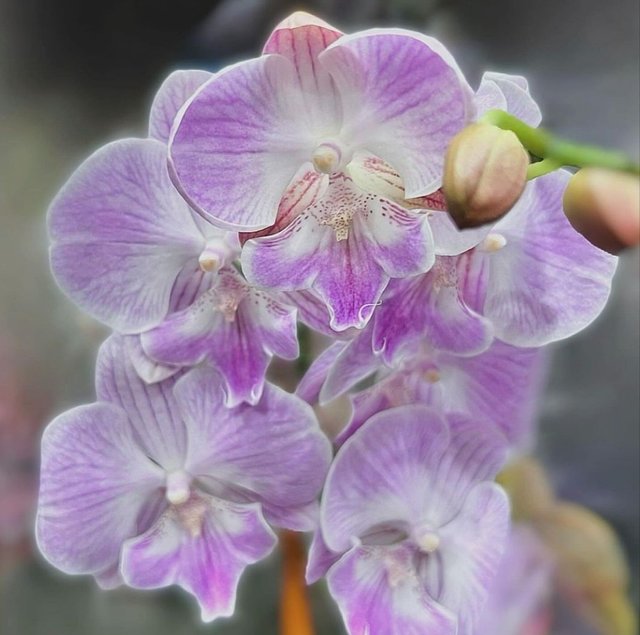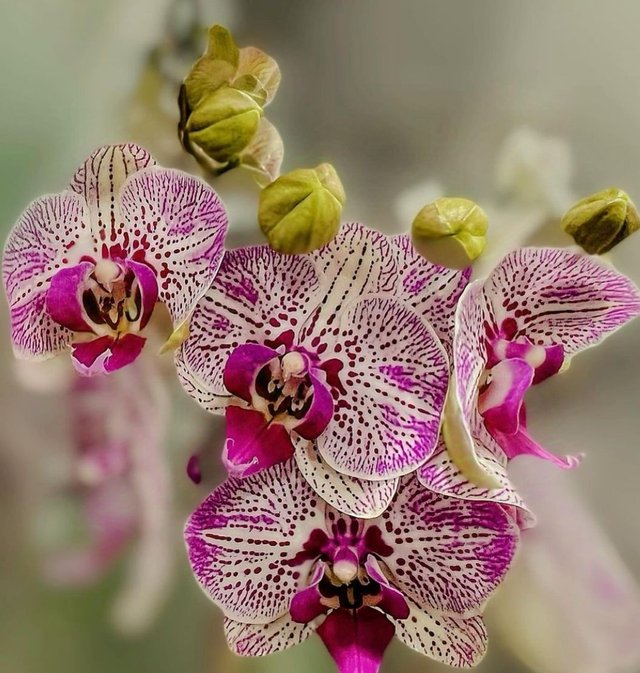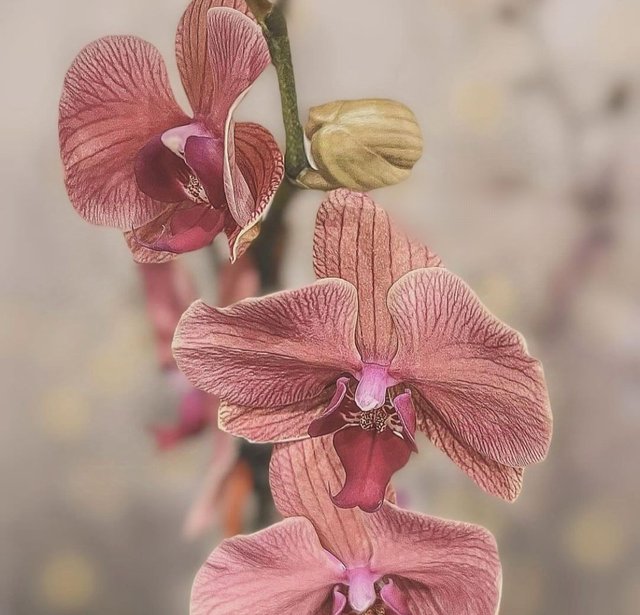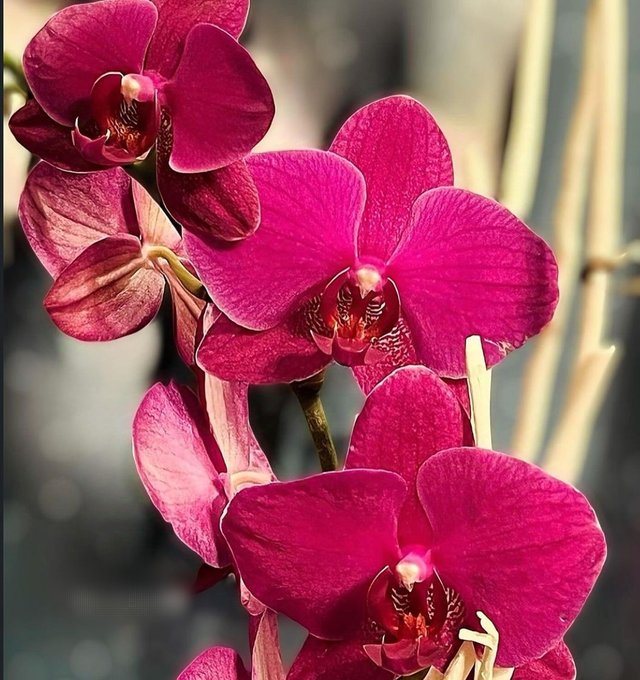Cattleya Orchids: A Comprehensive Guide to the Queen of Orchids
The Cattleya orchid is often referred to as the "Queen of Orchids" due to its stunning beauty, captivating fragrance, and historical importance. Native to Central and South America, these orchids have been cherished by botanists, collectors, and orchid enthusiasts for centuries. Known for their large, showy flowers, Cattleyas come in a wide variety of colors, shapes, and sizes, making them a favorite both for orchid aficionados and hobbyist growers alike.
History and Origins of Cattleya Orchids
The Cattleya genus was first discovered in 1824 by English botanist William Cattley, after whom the plant was named. He was sent some orchids packed in moss as shipping material from Brazil, and while unpacking, he noticed an unusual plant. Intrigued by its potential, he nurtured it until it bloomed, revealing a spectacular orchid that would later become known as Cattleya labiata. This marked the beginning of Western fascination with these orchids, and the species has been extensively hybridized and cultivated ever since.
Features and Characteristics of Cattleya Orchids
Cattleya orchids are known for their large, waxy blooms, which can range from 5 to 7 inches across. The flowers can be highly fragrant, exuding sweet, sometimes spicy scents that attract pollinators like bees, butterflies, and hummingbirds. The blooms typically last for two to three weeks, depending on the growing conditions and species.
One of the defining features of Cattleya orchids is their lip, which is often larger than the petals and sepals, and may feature ruffled edges or bold color patterns. This lip serves to guide pollinators toward the reproductive organs of the flower.
Cattleyas are sympodial orchids, meaning they grow laterally along a horizontal stem called a rhizome. They have pseudobulbs, which are thickened, bulb-like stems that store water and nutrients, helping the plant survive during periods of drought. The leaves of Cattleyas are usually thick, leathery, and oblong, growing directly from the top of the pseudobulb.
Varieties and Hybrids
There are two primary types of Cattleyas: the unifoliate, which has one leaf per pseudobulb, and the bifoliate, which has two leaves per pseudobulb. Unifoliate Cattleyas tend to produce larger flowers, while bifoliate Cattleyas often produce more flowers per spike.




Device Information
| Device | Redmi Note 10 Pro |
|---|---|
| Location | Bangladesh |
